Paul Sullivan: Will the Cubs and White Sox eventually play in the same division? Say it ain't so, Rob Manfred.
Published in Baseball
CHICAGO — It seems inevitable we’re facing a future with the Chicago Cubs and Chicago White Sox in the same division.
MLB Commissioner Rob Manfred, in his quest to change everything we know about the game before he departs in 2029, said as much on ESPN’s “Sunday Night Baseball” last week when he said expansion would “provide us with an opportunity to geographically realign.”
Instead of adding one team to each league, he envisions massive change with old National League and American League allegiances removed from the equation.
“We could save a lot of wear and tear on our players in terms of travel,” he said. “And I think our postseason format would be even more appealing for entities like ESPN, because you’d be playing out of the East and out of the West. That 10 o’clock time slot, where we sometimes get Boston-Anaheim, would be two West Coast teams. That 10 o’clock slot that’s a problem for us sometimes becomes a real opportunity for our West Coast audience.”
We all know that expansion by two teams is coming. Manfred has been saying it for years. The only real questions are which cities and how much money the owners can line their pockets with from the billionaires looking to join their exclusive club.
So that means 32 teams — and a chance for Manfred to make one last sport-altering change to cap off his legacy, which will include the pitch clock, the ghost runner in extra innings, robot umpires and capitulation to President Donald Trump in removing the lifetime ban from disgraced star Pete Rose.
Wear and tear from travel is the least of baseball’s concerns. Players fly in luxury for 14 or 15 road trips a year. Sometimes they get into a new city early in the morning. That’s why God invented coffee.
The real reason for realignment, of course, is increased revenues for the owners, who will save more on travel and make more by charging ESPN and whoever else gets a national TV deal a heftier fee.
Playing in the same division as the Cubs would be a sweet goodbye present for Sox Chairman Jerry Reinsdorf, with more home sellouts virtually guaranteed. As of now, only the Cubs and the Savannah Bananas can fill Rate Field.
America also would get more Yankees-Mets games on national telecasts, and Manfred then could retire to his penthouse on the Upper East Side of Manhattan and imagine himself as the game’s greatest innovator.
Killing off longtime traditions has been in vogue since the owners ousted Commissioner Fay Vincent in 1992 and installed one of their own, Bud Selig, as acting commissioner. Former Chicago Tribune baseball writer Jerome Holtzman called Vincent “the last of the big-foot commissioners,” meaning one who worked for the owners, players and fans alike.
“He departed with a scowl and the knowledge he was only beholden to owners,” Holtzman wrote of Vincent in his book “The Commissioners.” “When he refused to acquiesce, they not only forced his resignation but virtually abolished the office in favor of a chairman of the board.”
The owners now were in charge, and nothing was sacred. Selig, on behalf of the owners, made several changes during his tenure, including expansion to Arizona and Tampa Bay, increasing the divisions in each league from two two three, adding wild-card teams and, of course, introducing interleague play.
How that happened is a story often forgotten by fans. After the players strike in August 1994 led Selig to cancel the stretch run and postseason, fans rightfully avoided going to ballparks in ’95 and ’96. The strike was brought on by the owners’ insistence on instituting a salary cap, which the players union rejected. Baseball remains the only one of the four major sports in North America without a salary cap.
Selig decided a great way to boost attendance would be to start interleague play, ending an almost century-old tradition of separate but equal leagues that would meet only in the World Series. It began with limited games in 1997, including the first Cubs-Sox regular-season game since the 1906 World Series.
Fans responded well. It was a way to break up the monotony of the season and something they’d never seen. But it came at the expense of making the World Series less special, and eventually the new-car smell of interleague play wore off.
After the owners’ lockout following the 2021 season, the 2022 collective bargaining agreement included a balanced schedule in 2023. Every team now plays each of the others in at least one series. Rather than 16 interleague games — about 10% of the 162-game schedule — teams now play 46 (28%).
The selling point was everyone would get to see someone like Mike Trout, as though fans made decisions to go to a ballgame based on one star from the other team. In the third year of the balanced schedule, numbers are so skewed now they might as well eliminate the NL and AL leaders on the agate page of the local paper (assuming there’s still an agate page).
Almost half of Aaron Judge’s 40 home runs (18) have come in 40 interleague games, and the Yankees slugger has a 1.124 OPS against NL pitching. On the flip side, 18 of Kyle Schwarber’s 45 homers for the Philadelphia Phillies have come in 44 games against AL pitching. He also has 48 of his 109 RBIs off AL pitchers.
Judge and Schwarber would be dangerous against any league, but my point is that instead of two leagues with distinct rivalries and stars, baseball is now one big, generic blob, which only greases the skids for Manfred’s geographical realignment dream.
Expansion might be inevitable, but it should be noted that MLB owners as recently as 2001 voted for contraction — trying to eliminate the Montreal Expos and Minnesota Twins for not making enough money. That plan failed, just like the plan in 1994 to implement a salary cap, which the owners reportedly are trying to do again.
If another work stoppage happens after 2026, baseball once again will be looking for ways to win back fans, and owners will be looking for ways to get back money they lost. Manfred already has those problems solved with expansion and geographical realignment on his baseball bucket list.
I love the Cubs-Sox rivalry and have covered every series since the first one in 1997. I also love when the series ends. It’s like a trip to Las Vegas. A small sampling is enough to last a year. Too much can be a massive headache.
But Manfred will get his way, and the players probably will agree to it because only a few seem to have any desire to keep the game’s traditions alive. Some wouldn’t care if you changed the name of the American League to the Motorola League if it meant higher salaries.
Baseball will survive. It always does.
But it will be a lesser version of itself without the original American and National leagues.
Maybe Manfred can even sell naming rights to the World Series, like the Emirates FA Cup. Are you ready for the DraftKings World Series?
Anything seems possible with this commissioner, this group of owners and this climate of disruption for disruption’s sake.
____
©2025 Chicago Tribune. Visit chicagotribune.com. Distributed by Tribune Content Agency, LLC.
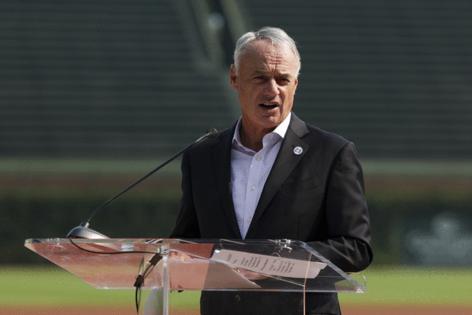
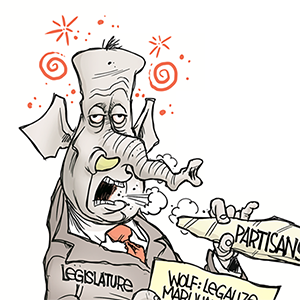
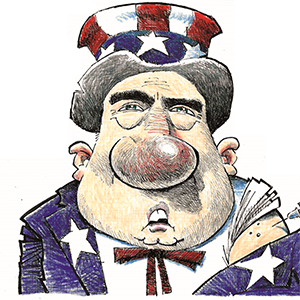
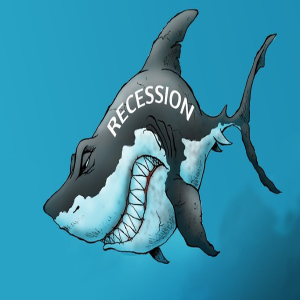


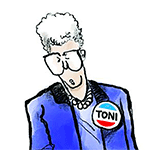
Comments